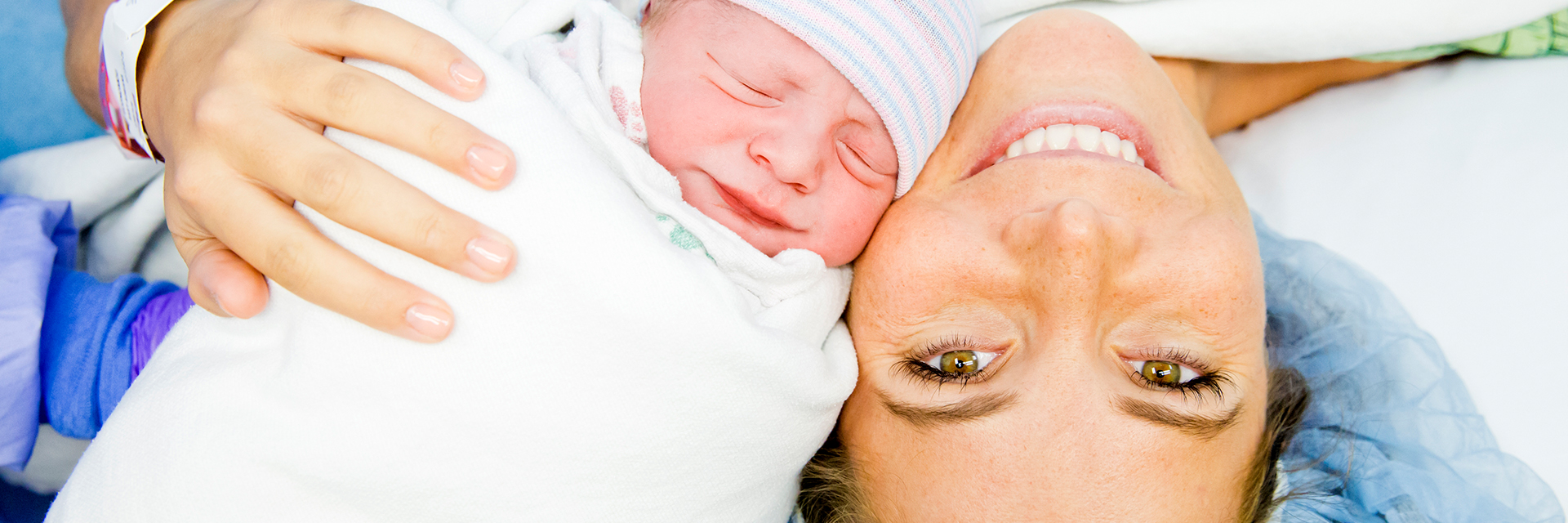If you delivered your baby by cesarean section, you’ll need help from your partner, family or friends in your first weeks of recovery.
You’ll likely be told not to carry or lift anything heavier than your baby and to avoid strenuous physical activity while you heal. Talk with your healthcare provider about how long you should take it easy.
A C-section comes with normal, temporary side effects and more serious risks.
What’s Normal?
While recovering from a C-section, you may notice:
- Mild cramping
- Bleeding or discharge for about 4–6 weeks (including bleeding with clots)
- Incision pain
Tips for C-Section Recovery
- Rest whenever you can. Nap when your baby naps.
- Hold your abdomen near your incision for support during sudden movements, coughing, sneezing or laughing,
- Keep your necessities (and those for your baby) within reach to avoid straining to get items you need.
- A heating pad and over-the-counter medicines like ibuprofen (Advil, Motrin, etc.) and acetaminophen (Tylenol) are safe pain relievers to use if you’re breastfeeding. But check with your healthcare provider before using any pain relievers.
Signs of Serious Health Problems After Childbirth
In the days and weeks after childbirth (whether vaginal or by cesarean section), some mothers are at risk for serious, potentially life-threatening complications that require immediate medical care, including:
- infection
- blood clots
- postpartum preeclampsia
- postpartum hemorrhage
Know the signs of these conditions and when to seek medical help.
See also ...
This message is not intended to provide individual medical advice. Always seek the advice of a physician or qualified healthcare provider for any questions you have about your health or medical condition, your breastfeeding issues and your infant's health. Never disregard, avoid or delay contacting a doctor or other qualified professional because of something you have read in our emails, webpages or other electronic communications.
Powered by UbiCare

